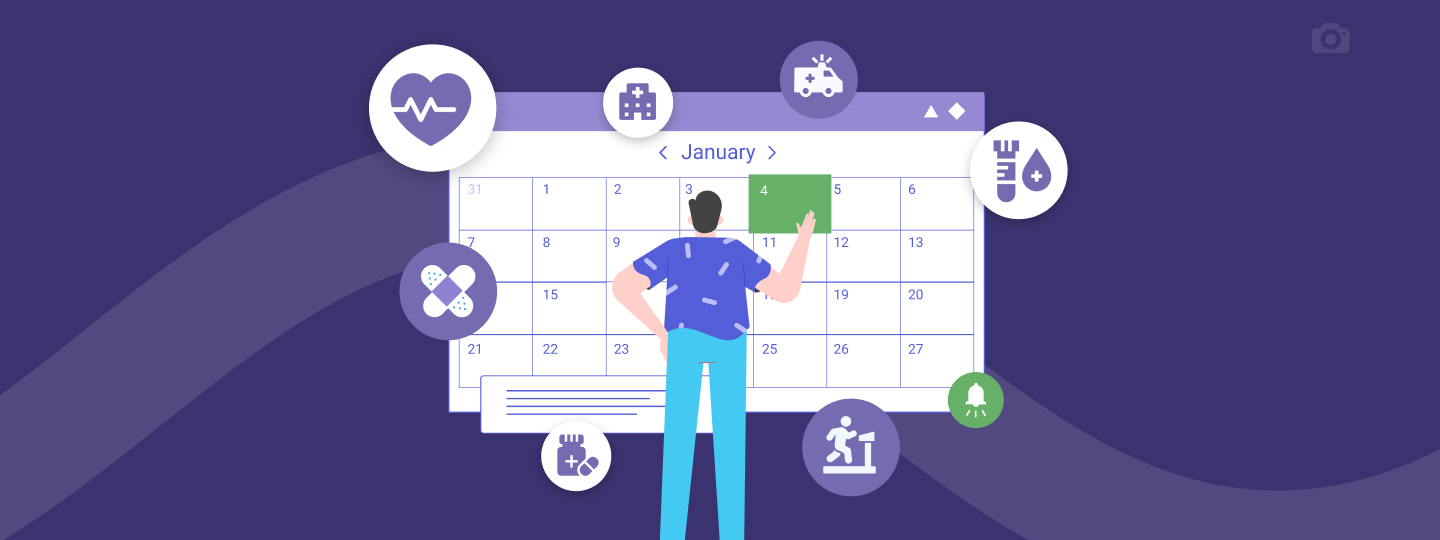Does the sound of the rain and the earthy smell of the wet soil make you feel happy and fresh? Or do you feel grappled by the rainy day blues? Or would you rather seek comfort and order in your favorite food?
Whatever emotions you attach to the rains, know that rains and seasonal changes affect our mood and behavior to a great extent.
In fact, research has found a profound effect of rain on customer behavior. For instance, a study has found that the weather doesn’t just impact a customer’s consumption experience but also the way they perceive things – this lowers their engagement levels and the average ratings they share for companies.
But it’s not all bad.
For instance, the food industry definitely sees a lot more orders and takeaway requests as consumers seek warmth and comfort during the day.
In this article, we aim to look into how the rainy season influences user behavior in the food industry and how you can keep up user engagement levels.
How Weather Influences Customer Behavior
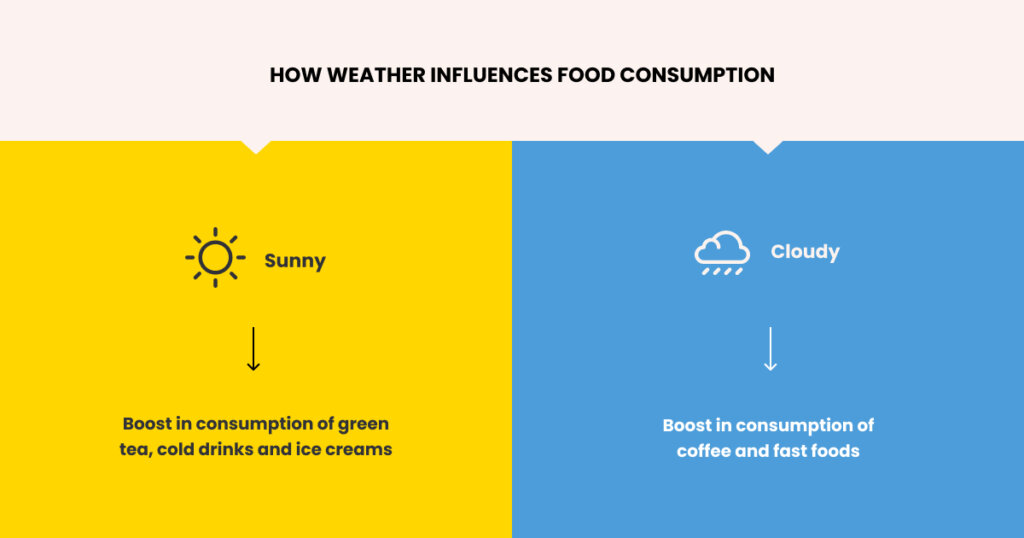
A lot of how we feel has an impact on what we do. Apart from the day-to-day choices we make about what to eat, what to pack, items to carry with us to the office, and more, it also impacts the purchase decisions and preferences we have during the period.
So we dived into consumer behavior, preferences, category affinity insights, and related parameters to find more information. Here’s what we found:
1. Effect of Weather on Mood and Propensity to Purchase
Although we don’t realize it, the weather strongly affects our mood, thus controlling the propensity to purchase.
A study shows that prolonged exposure to sunlight can increase consumption and purchase rates. It was interesting to see that consumers were more willing to pay as much as 37% more for green tea. On the contrary, rainy days saw more spent on food items like coffee and beverages, and fast food.
And McCain has been using this psychological trigger smartly: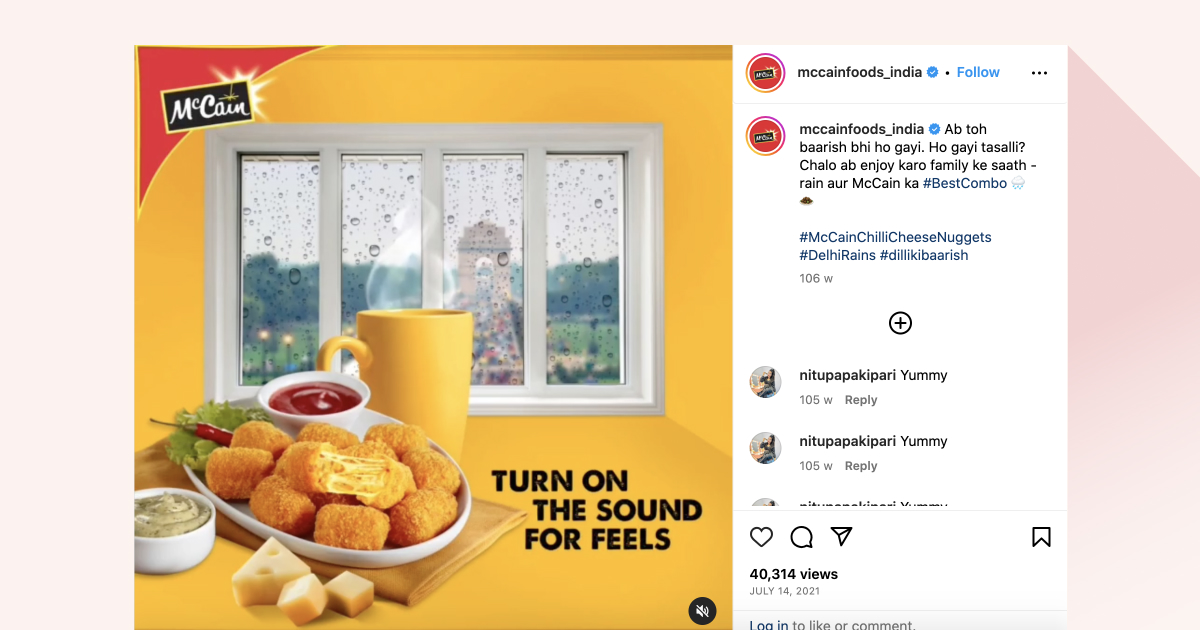
2. Effect of Weather on Product Demand
Weather also has a strong influence on the demand for certain products.
For example, grocery stores in the UK saw a rise of 22% in carbonated drinks and a 20% drop in juice drinks when the temperature is about 65 degrees Fahrenheit. Similar results were seen in the US. For example, even a one-degree drop in temperature saw a rise in soup sales, oatmeal, and lip balm.
Another study showed a boost in sales of different categories of soft drinks when the temperature was maximum, while humid weather saw a decline in juice sales.
These purchase preferences can definitely be used by businesses in the food and beverage industry to encourage more user engagement during the monsoons.
Here’s Nescafe creating an entire campaign around Mumbai Monsoons and running it both online and offline to reach their target audience.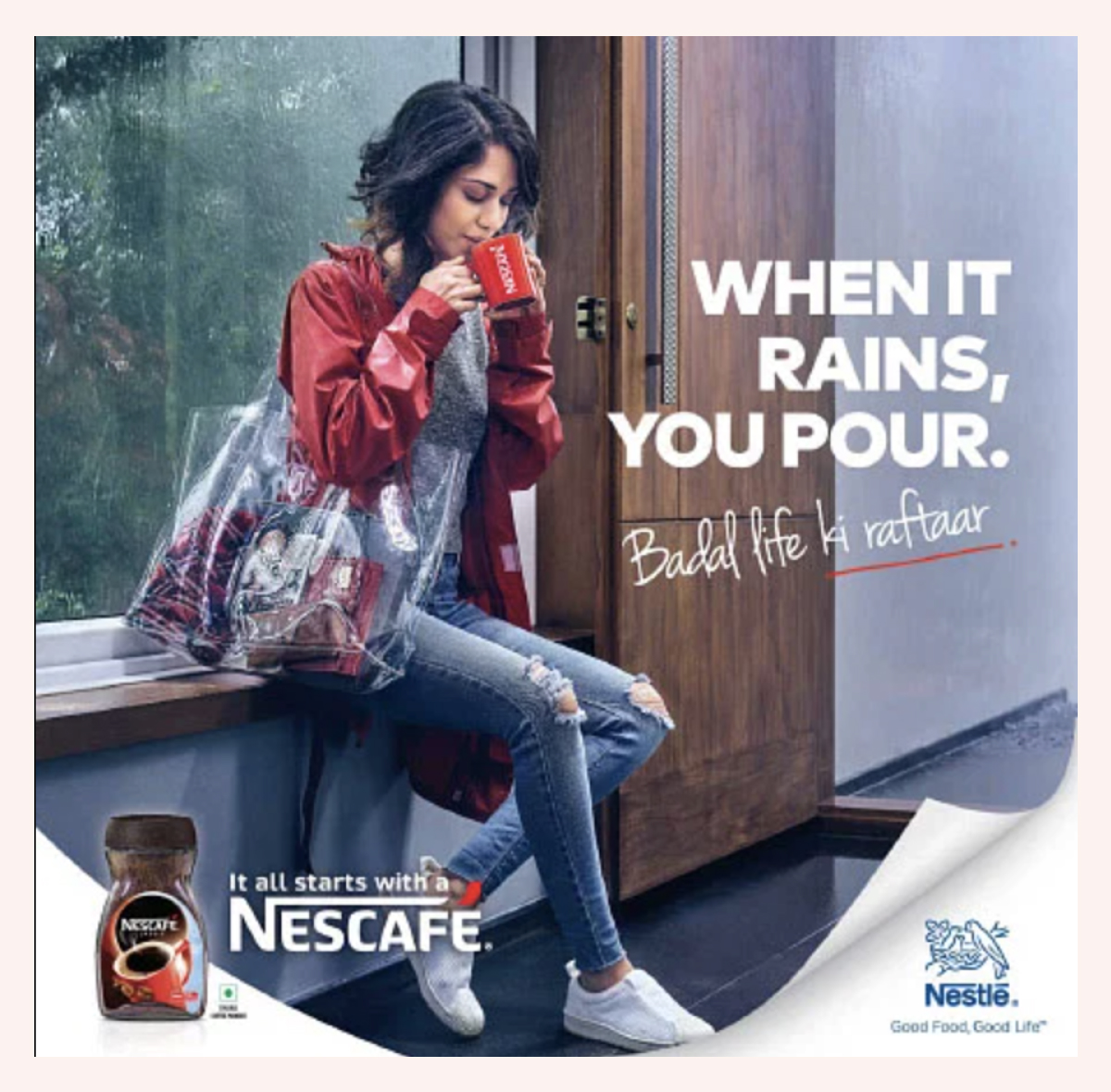
And here’s another example you cannot ignore, because who doesn’t love samosas (Indian rissole / savoury stuffed pastry) when it is raining outside?
3. Effect of Weather on Buying Method
Weather influences the buying methods of consumers as well. For example, rain and snow keep consumers away from visiting brick-and-mortar cafes. So there is always a boost in traffic and orders from online channels. Sunny days see more footfall in cafes and restaurants.
Businesses in the food industry can use this to their advantage. If the customer cannot walk up to them, they can offer to get their menu items delivered to their doorstep instead. With a promise to help them avoid the traffic and enjoy the rainy season, businesses can use this opportunity to win hearts.
4. Effect of Weather on the Purchase Price
Weather also plays a significant role in the purchase price a consumer is willing to pay. For example, a study reports that during sunny days, consumers tend to buy lesser products with a lower item price in one order. Also, sunny and rainy weather sees a positive impact on sales, while cloudy weather sees a dip in sales.
So the next time it rains, send in a notification recommending the purchase of hot coffee along with warm bread to see your sales increase!
For example, with so many online orders being placed, who wouldn’t like to make some savings too?
BONUS READS: Happilo, A Rising Health Food Brand, Achieves Up To A ~300% Increase In Conversions With WebEngage’s Web Personalization
How Brands Can Align Their Marketing Strategy Based on Weather Conditions
While the impact of weather may not be all too prominent, brands can align their marketing campaigns to consumer behavior.
1. Proactively measure user engagement
There’s a lot that brands can do to map consumer behavior with weather changes so that they can proactively measure user engagement and monitor interactions to identify patterns early on. Paying attention to these granular details can help brands tweak their marketing strategy, which can boost sales!
Deep diving into your funnel analytics, for instance, can help you measure user engagement more closely.
2. Create seasonal multichannel campaigns
Brands can lean on weather-based advertising online and offline. Be it a campaign they’re promoting on their website, social media or email, weaving in the weather can boost how contextual it is.
For example, Country Bean is running a monsoon sale on the milk frother, knowing its audience would love to enjoy a cafe-style coffee at home.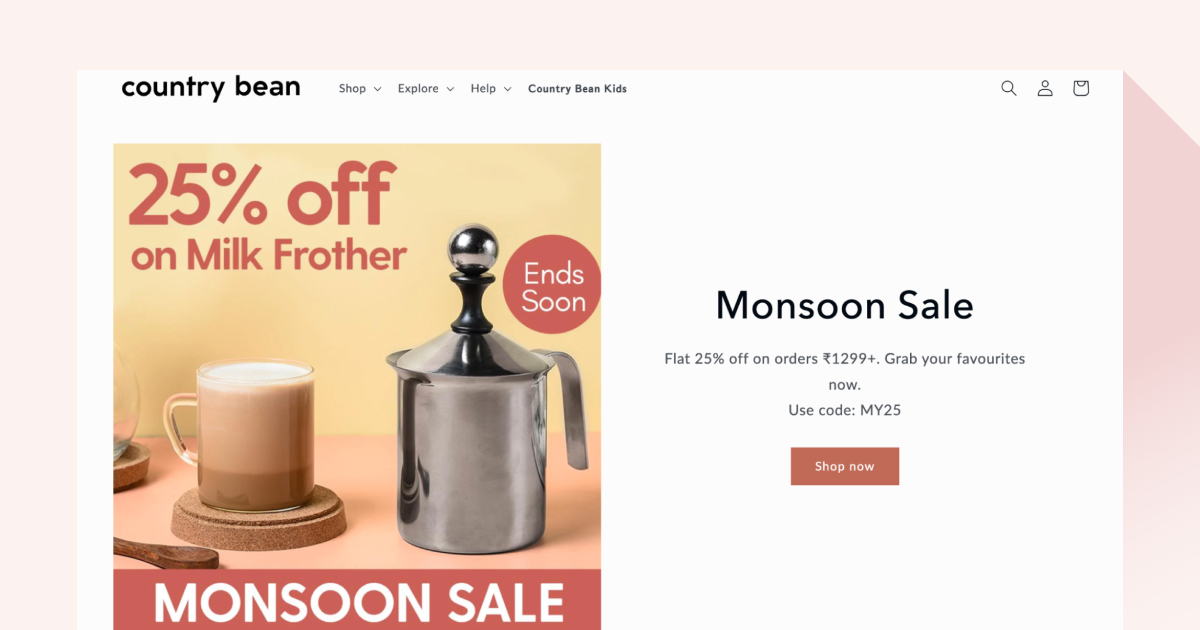

Here’s another example of the renowned food delivery brand Swiggy using monsoons as a trigger to send out push notifications that bring back users to the app! One interesting aspect to notice here is how the brand has cleverly plugged the word ‘immunity’ to boost its vegetable and fruit sales, indirectly referring to the viral flu affecting people during the monsoon.
3. Go above and beyond for an emotional connect
Besides seasonal and weather-based advertising, brands can go above and beyond to strike an emotional connection with their customers through thoughtful campaigns.
For example, Zomato posted these AI-generated images of their delivery partners enjoying a rain dance at the onset of the monsoon on the streets of Mumbai. The caption reads, “Your delivery partner is currently enjoying the rain… sorry for the inconvenience.” Indeed, it will bring a smile to the face of Zomato’s customers.
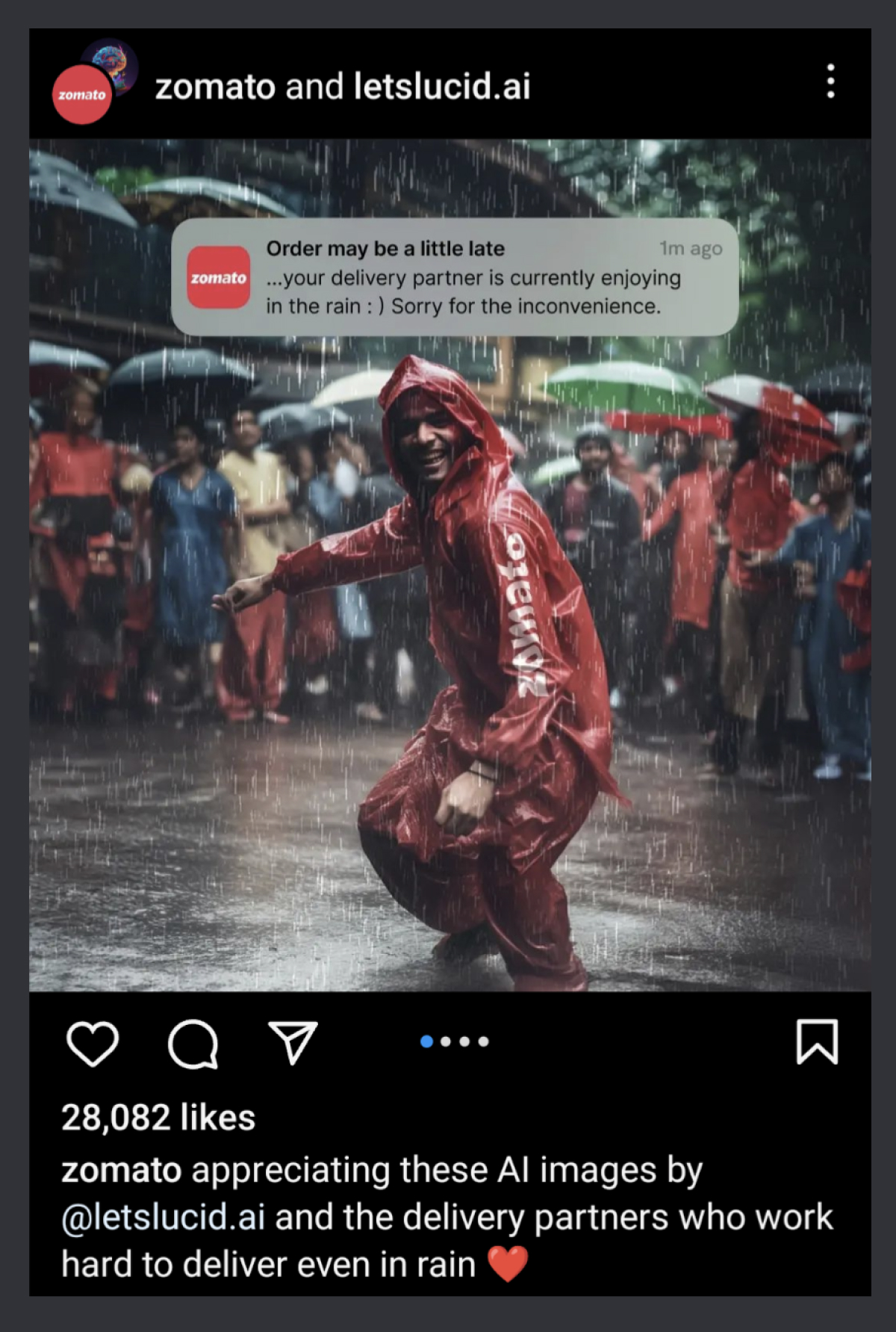
Conclusion
The ability to understand consumer behavior is what impacts brand growth the most. And taking seasons into account is just a form of behavioral targeting.
If you’re not doing it yet, it’s time to revisit your marketing strategy and see the impact of this rainy season on your campaigns.
Need help understanding how your audience is engaging with your brand right now?
Deep dive into the campaign performance across all customer touchpoint channels and identify patterns that tend to occur frequently during seasonal changes with WebEngage.































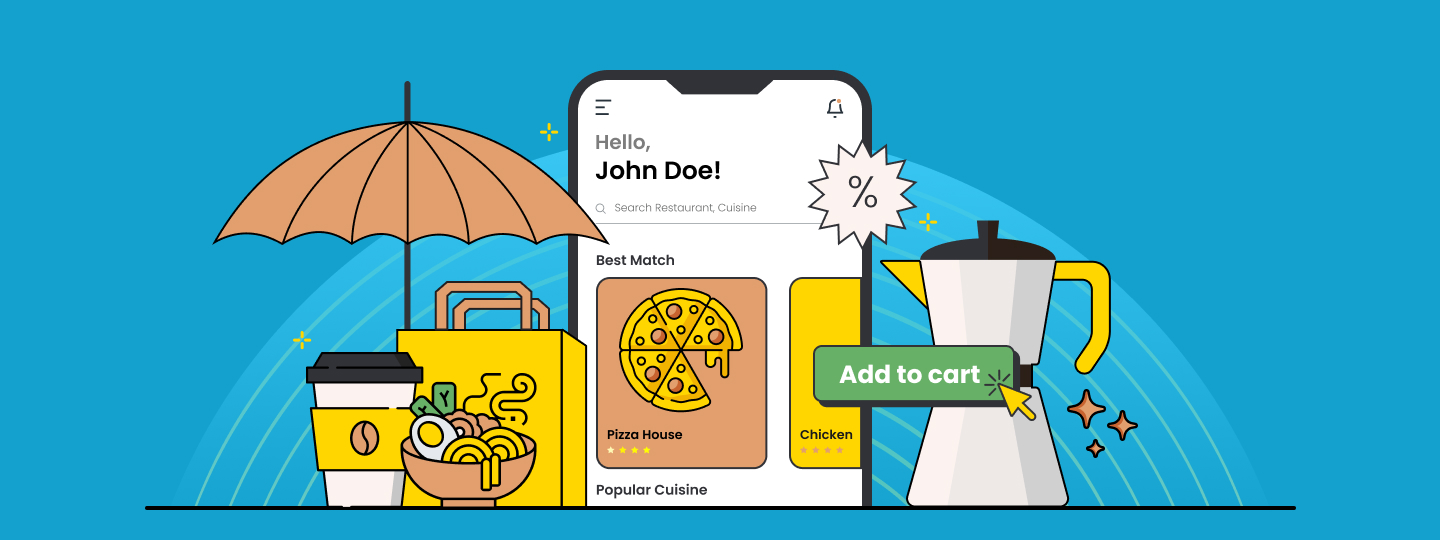

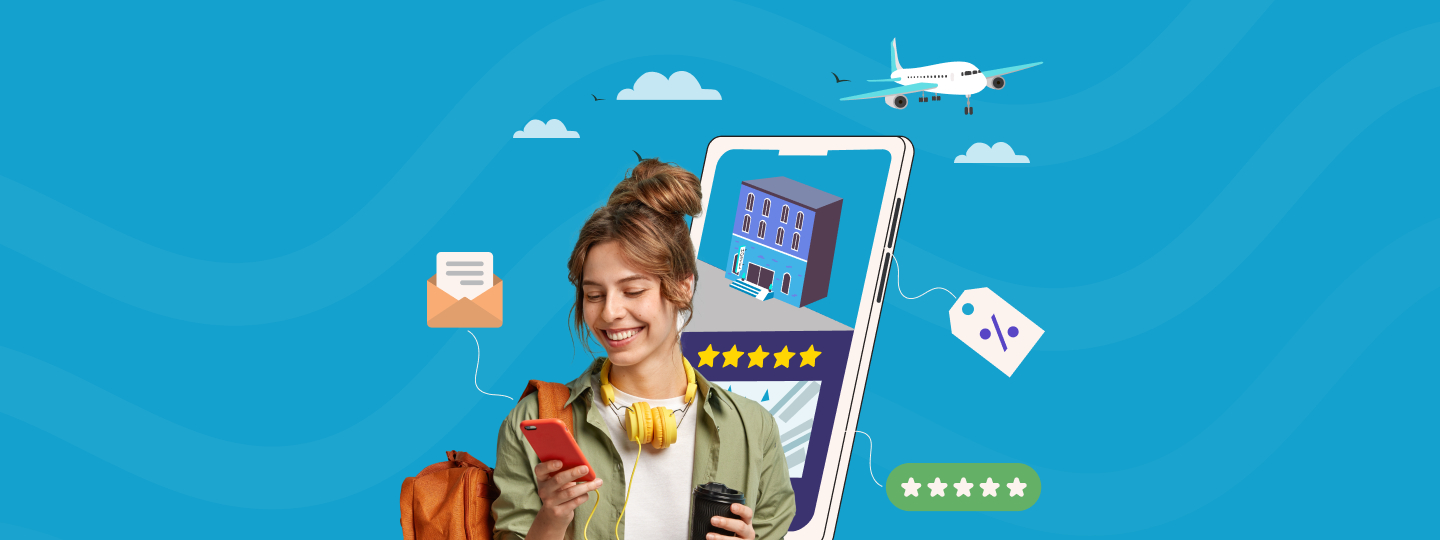
 Dev Iyer
Dev Iyer